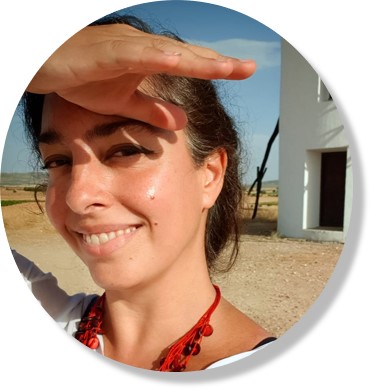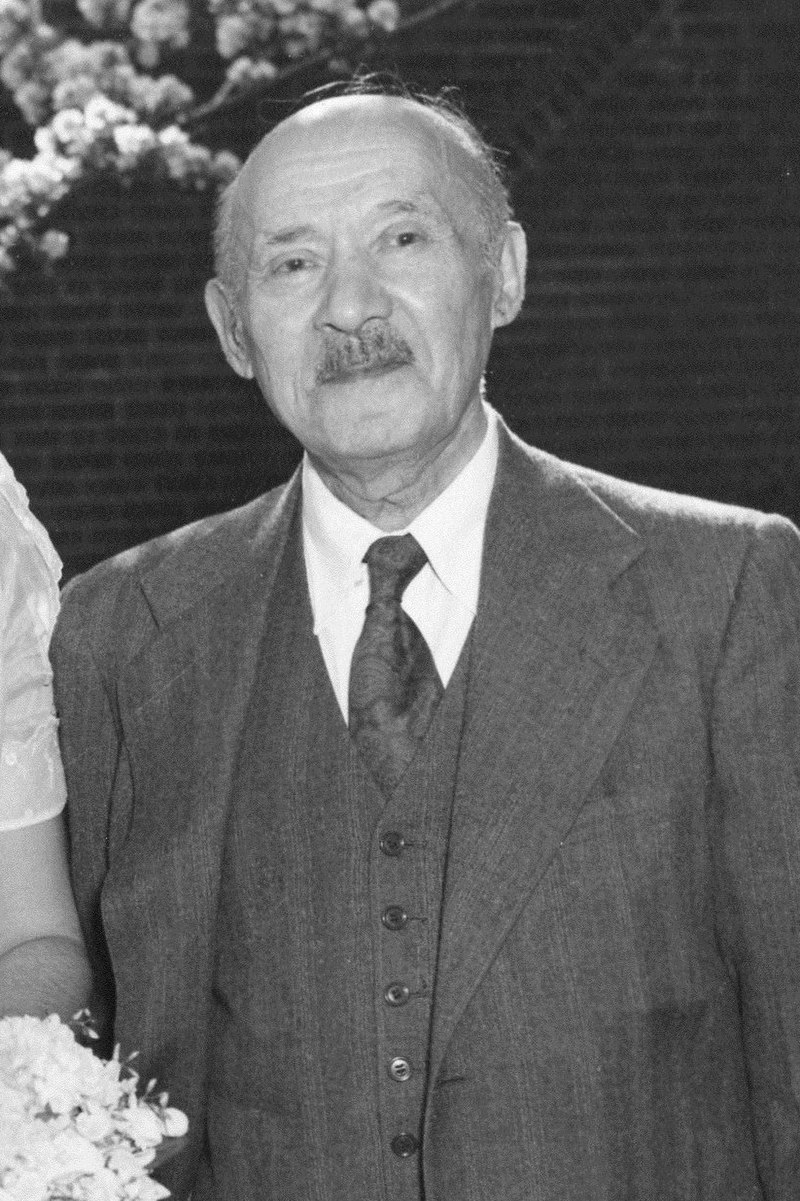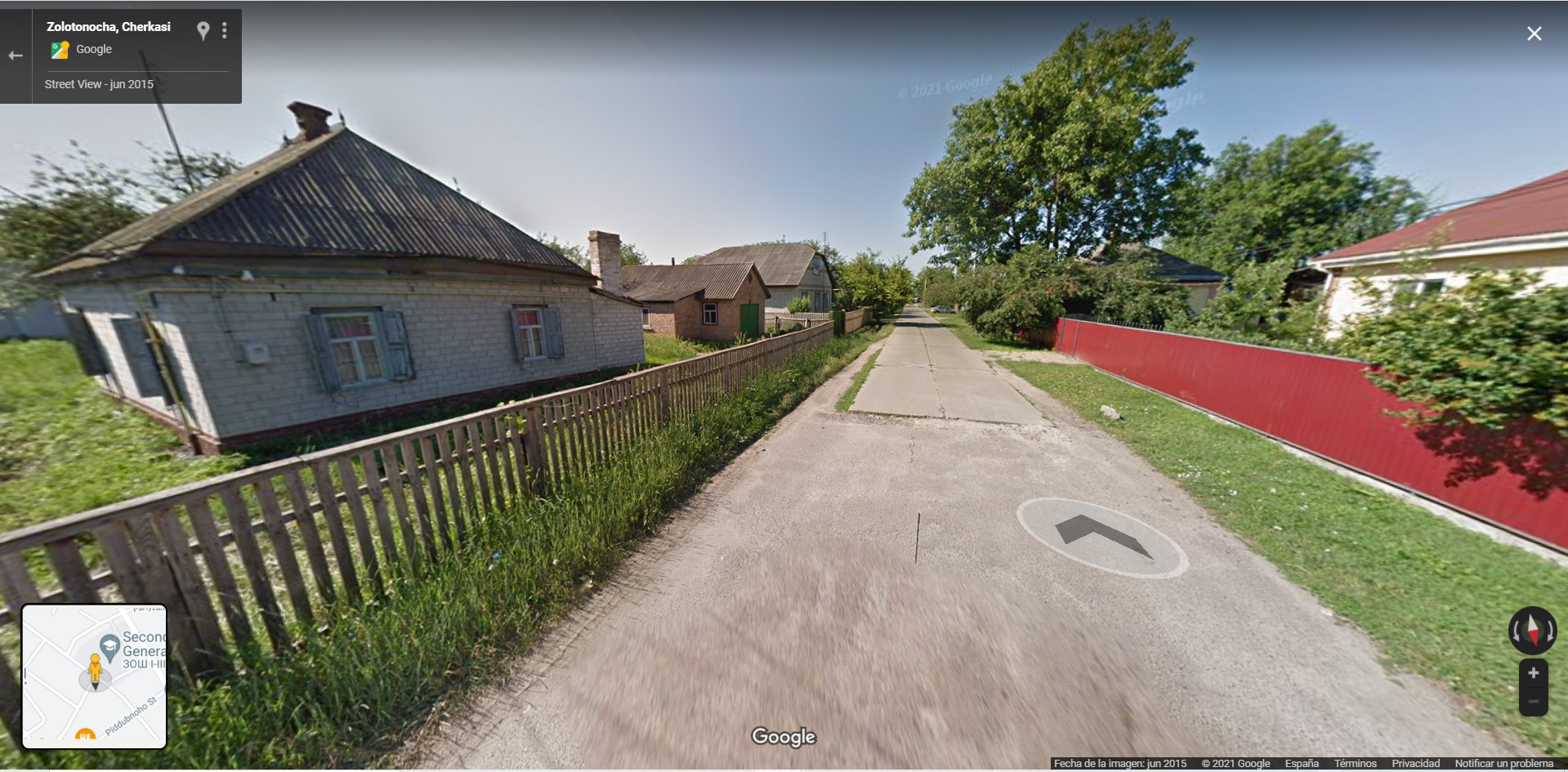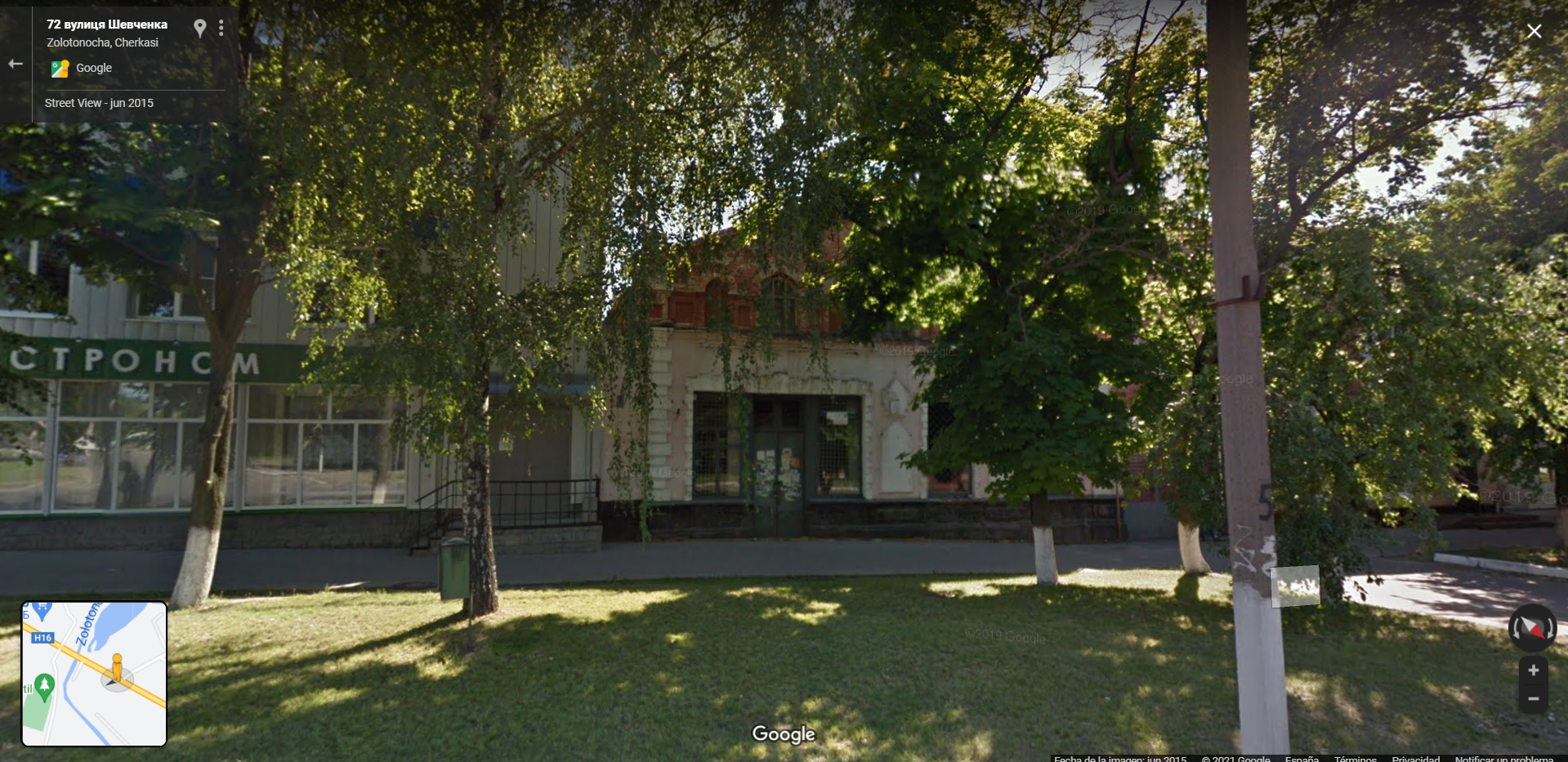December 24th, 2021 – Shabbat is almost here
And today we will listen to the, maybe, first recording of klezmer, by Abe Elenkrig and his Orchestra
 Hello, how are you? I hope well. In Spain tonight it is one of the holiest nights of the year, the “Noche Buena”, which literally means “good night” and celebrates the birth of Christ.
Hello, how are you? I hope well. In Spain tonight it is one of the holiest nights of the year, the “Noche Buena”, which literally means “good night” and celebrates the birth of Christ.
I hope you enjoyed last week’s compilation for the 100th edition. Today we’re back at it again, with a very old klezmer recording, by an artist who hasn’t appeared here yet: Abe Elenkrig. Klezmer is one of my favourite music styles, do you like it too?
Then, please, spread the word.
| Share this with a friend, right from here |

About Abe Elenkrig
This ? picture is of public domain, available here, and described as “A photo of Abraham “Abe” Elenkrig, klezmer musician and barber, at a family wedding circa 1950″.
It is great that he lived to be 87 years old and we have very interesting information about him, which helps to understand the context in which musicians like him had to make a living in the first half if XX century.
According to the website of the Institut Européen des Musiques Juives:
“In addition to being a hairdresser, Abe Elenkrieg or Elenkrig (1878-1965) was a trumpeter and conductor of the “Abe Elenkrig Yiddishe Orchestra” and the “Hebrew Bulgarian Orchestra”.
His klezmer recordings are considered by scholars to be the forgotten treasures of klezmer music. As such, the Library of Congress designated his 1913 recording of “Fon der Choope” as the first klezmer recording and listed it as such in the National Recording Registry.”
The Jews from Zolotonocha

From the website of the International Jewish Cemetery Project:
“The earliest known Jewish community was 1650.”
“In 1847 there were 1,001 Jews, and in 1897 there were 2,769 (about 32% of the population). In October 1905 pogroms broke out in the city, characterized by general looting and the destruction of all Jewish property. In 1926 there were 5,180 Jews in the city (32.5% of the total population). In 1939 they numbered 2,087. When the Germans invaded in September of 1941, they murdered 300 Jews from the surrounding area. Those who were unsuccessful in escaping the city were exterminated: Some 3,500 Jews from the city were executed in November.”
It is unclear when Elenkrig emigrated to the United States, but it may have been after the 1905 pogroms.
It seems that there is a little Jewish community in Zolotonosha. Here you have the contact details.

Back to our protagonist
Netsky’s work is highly, highly recommended, please read it all. I’ll bring a piece to tease you:
“It wasn’t easy for klezmorim of Abe Elenkrig’s generation to adapt to the demands of New York’s post 1920’s music scene. By that time, in order to make any kind of decent living, musicians needed to master multiple New World genres and styles including early jazz, light classical overtures, tango, and current hits from Broadway shows. Even toplevel klezmer virtuosi such as Naftule Brandwein and Dave Tarras never fully managed to adjust to the new reality. After restrictive laws ended Jewish immigration in 1924, working in more stylistically flexible ensembles became a necessity and, although he continued to work as barber for quite a while and went on to live to the age of 87, Elenkrig worked very little as a professional trumpeter or bandleader after making his early recordings.”
About the piece
About the recording, the work by Dr. Hankus Netsky explains that Elenkrig “recorded ”Fun der khupe” (“From the Wedding Canopy”) for Columbia on April 4, 1913 in New York City using an ensemble composed of trumpet, violin, trombone, piano, tuba (not listed on the session register) and drums (a typical Jewish wedding ensemble instrumentation of the time).”
This piece was included in “Klezmer Pioneers” (Rounder 1089), a compilation made by Henry Sapoznik, whose research and dissemination work is fantastic, and released in 1993.
About the melody, Netsky explains that:
““Fun Der Khupe,” it was a fairly well known one among Jewish wedding musicians, even well before the 1913 session, having been included in several Jewish wedding music folios from that same era. On subsequent recordings (most prominently the 1917 Columbia recording by the Abe Schwartz Orchestra) it was titled “Di Zilberne Khasene” (“The Silver Wedding”) and recordings in the 1970s and 1980s by the Klezmorim of Berkeley, California, and the Klezmer Conservatory Band of Boston have helped the tune stay in circulation as a staple of current klezmer repertoire.”
So, these recordings of the piece mentioned by Netsky are available on Youtube (click them to listen):
- the one by Abe Schwartz
- the one by Klezmorim, recorded in 1978
- the one by Klezmer Conservatory Band, released in 1987
I find the speeding up of the music by the two more modern groups almost unbearable, specially the one by Klezmorim. Dr. Netsky is founder and director of the Klezmer Conservatory Band so he might not agree with me. I see it in other styles, for example Greek rebetiko, which in the recordings of the 20s and 30s leaves time for the singer’s recreation, the variety and quantity of melismas is much greater than in more modern versions in which it seems that one has to demonstrate virtuosity by playing very fast, but it destroys many nuances and a good part of the expressiveness. If there isn’t a study on how the old melodies have been accelerated over time, someone should do it, hehehe. The truth is that it makes me very sad. If I didn’t know the old recordings, I might find the modern ones beautiful. It is also true that it is possible that without the work of these more modern groups, the work of the artists of Abe Elenkrig’s generation would have been completely forgotten.
